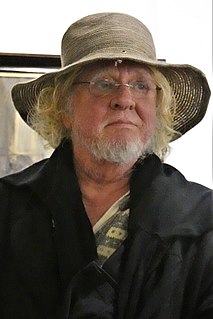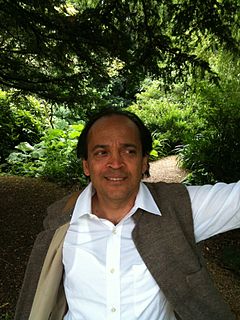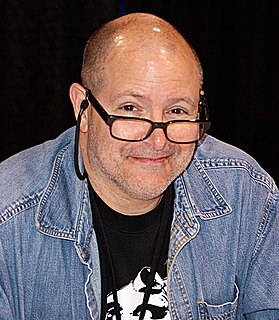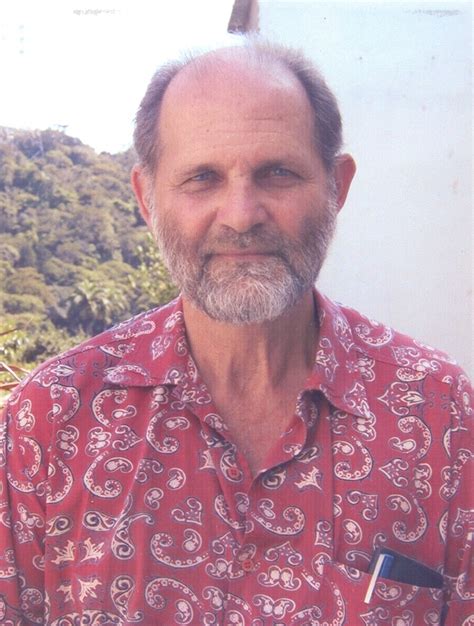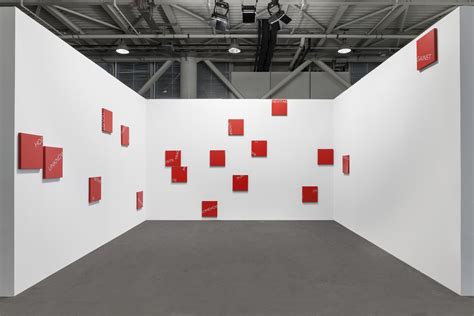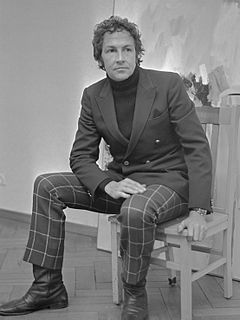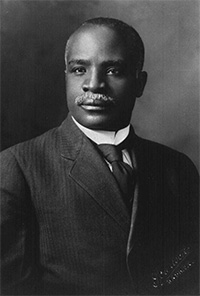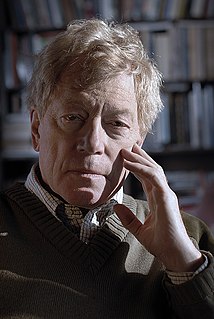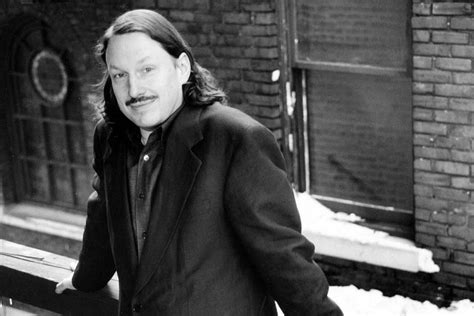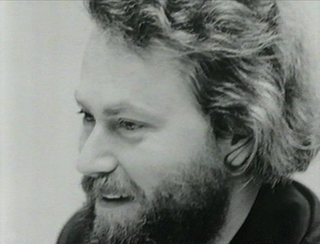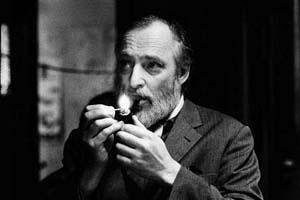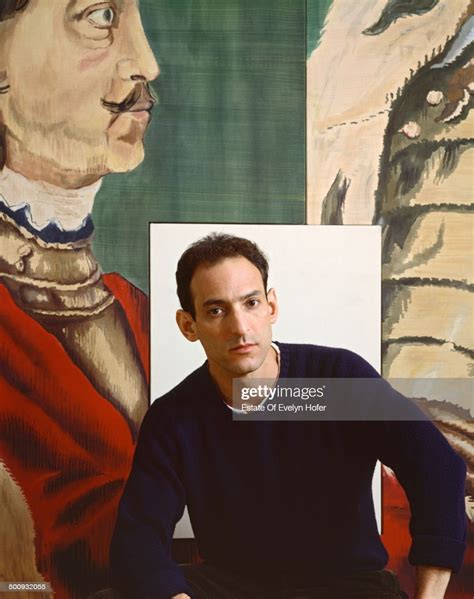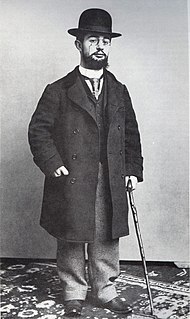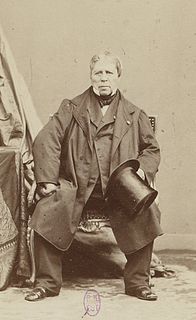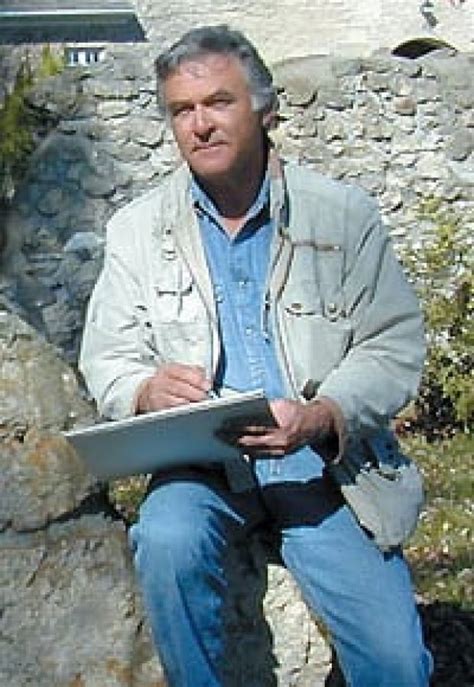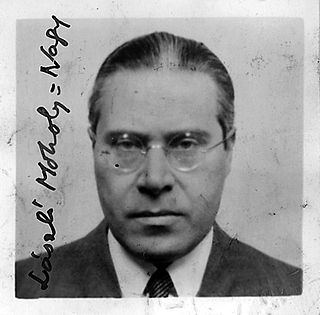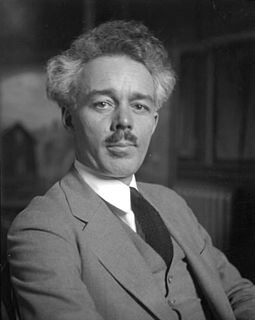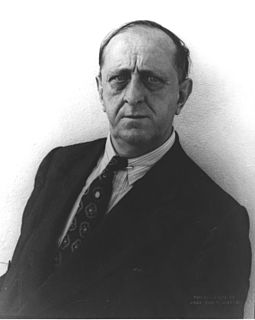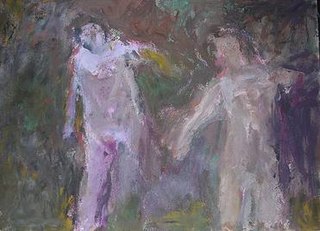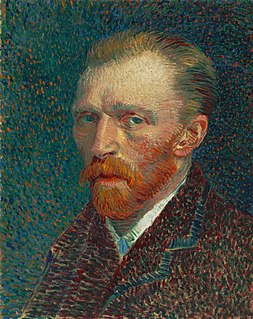A Quote by Walter Darby Bannard
To an art historian a Giotto is a 14th Century painting. To an artist it was painted yesterday. We free ourselves from the past when we see it freshly.
Related Quotes
Contemporary art is based on that an artist is supposed to go into art history in the same way as an art historian. When the artist produces something he or she relates to it with the eye of an art historian/critic. I have the feeling that when I am working it is more like working with soap opera or glamour. It is emotional and not art criticism or history of art.
Painting seems to be to the eye what dancing is to the limbs. When that has educated the frame to self-possession, to nimbleness,to grace, the steps of the dancing-master are better forgotten; so painting teaches me the splendor of color and the expression of form, and as I see many pictures and higher genius in the art, I see the boundless opulence of the pencil, the indifferency in which the artist stands free to choose out of the possible forms.
Art is frightening. Art isn't pretty. Art isn't painting. Art isn't something you hang on the wall. Art is what we do when we're truly alive. An artist is someone who uses bravery, insight, creativity, and boldness to challenge the status quo. And an artist takes it (all of it, the work, the process, the feedback from those we seek to connect with) personally.
If being an anti-art artist is difficult, being an anti-art art historian is a hard position indeed. His doctrinal revolutionism brings forth nothing new in art but reenacts upheavals on the symbolic plane of language. It provides the consoling belief that overthrows are occurring as in the past, that barriers to creation are being surmounted, and that art is pursuing a radical purpose, even if it is only the purpose of doing away with itself.

